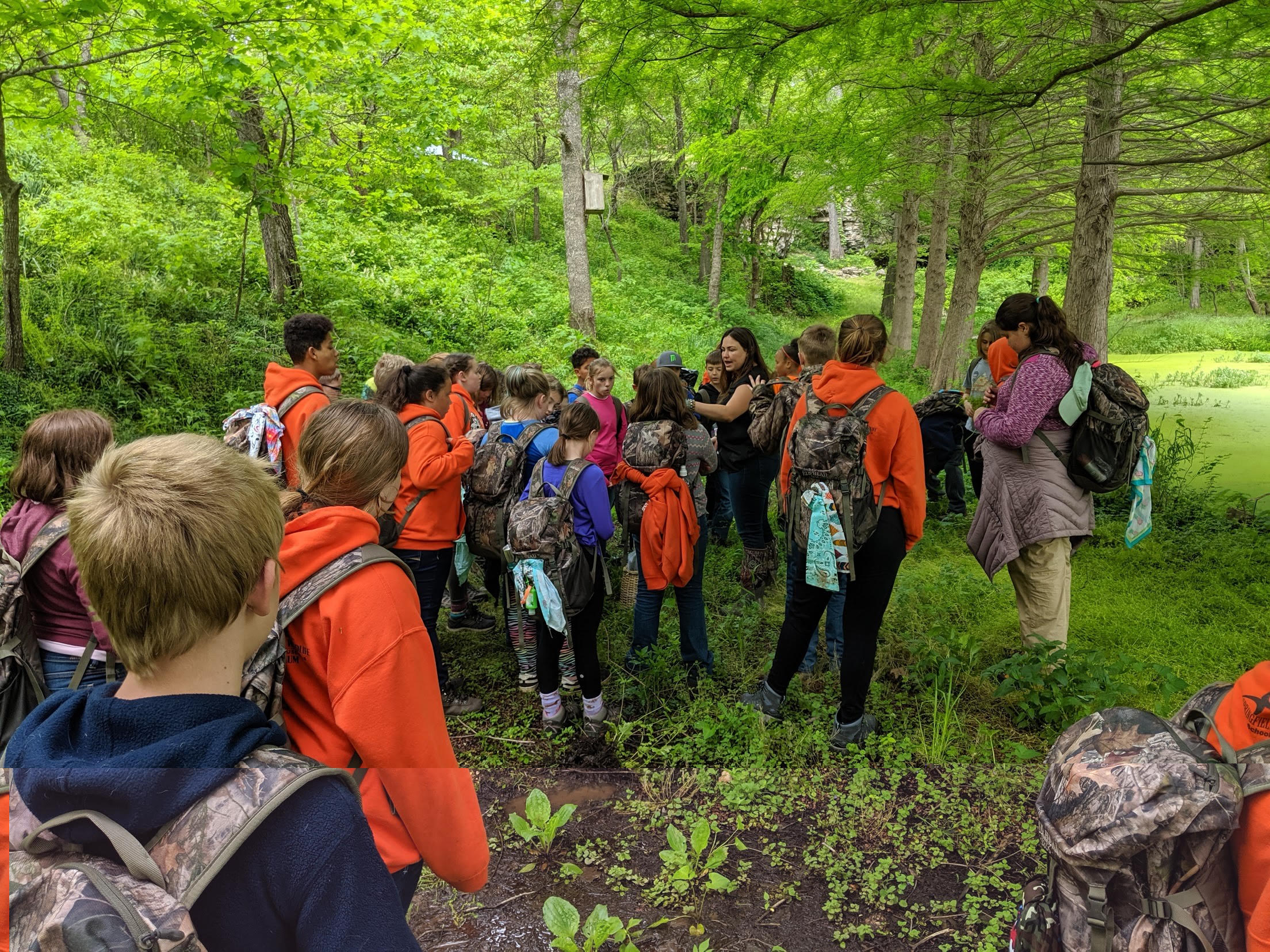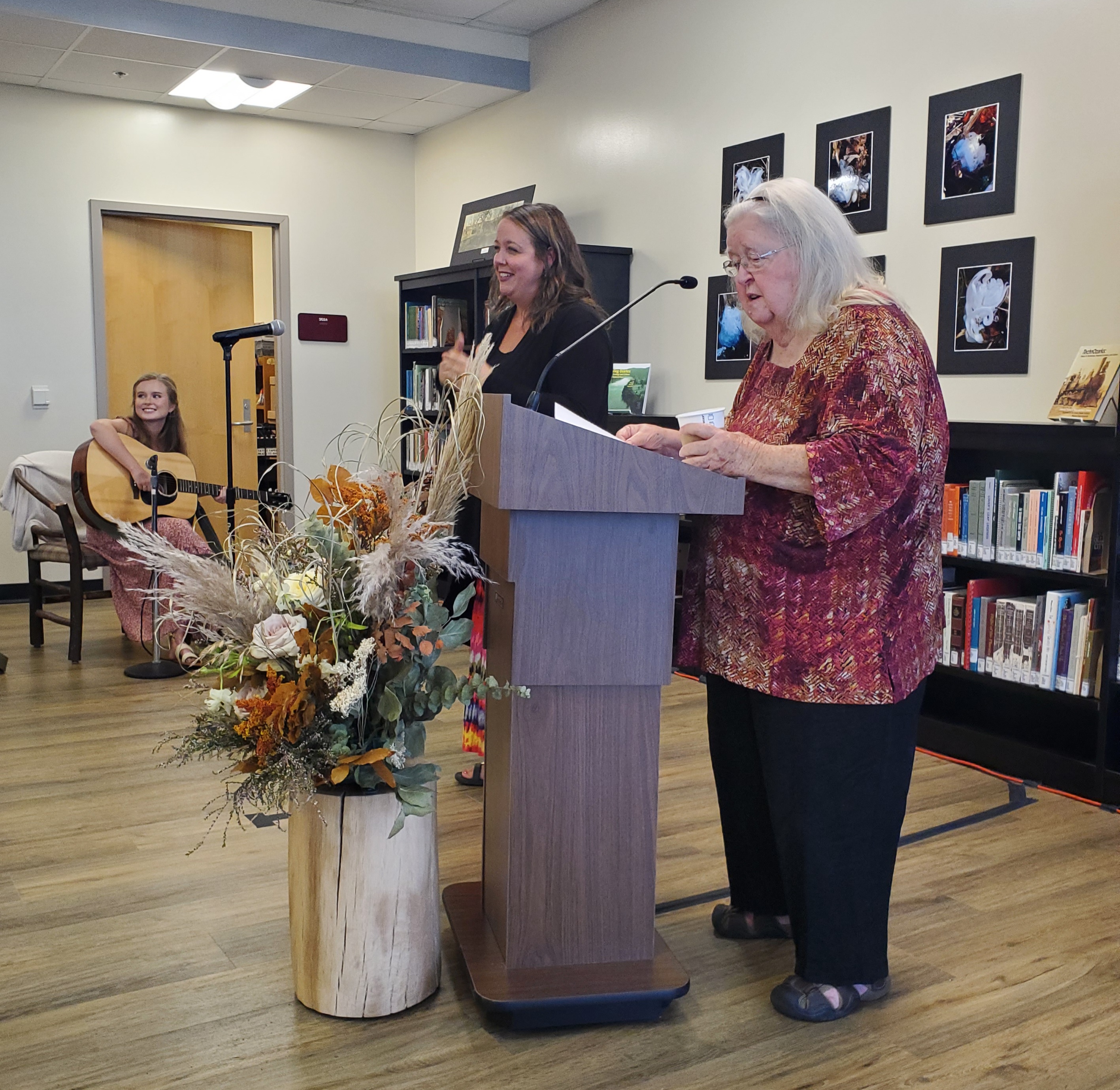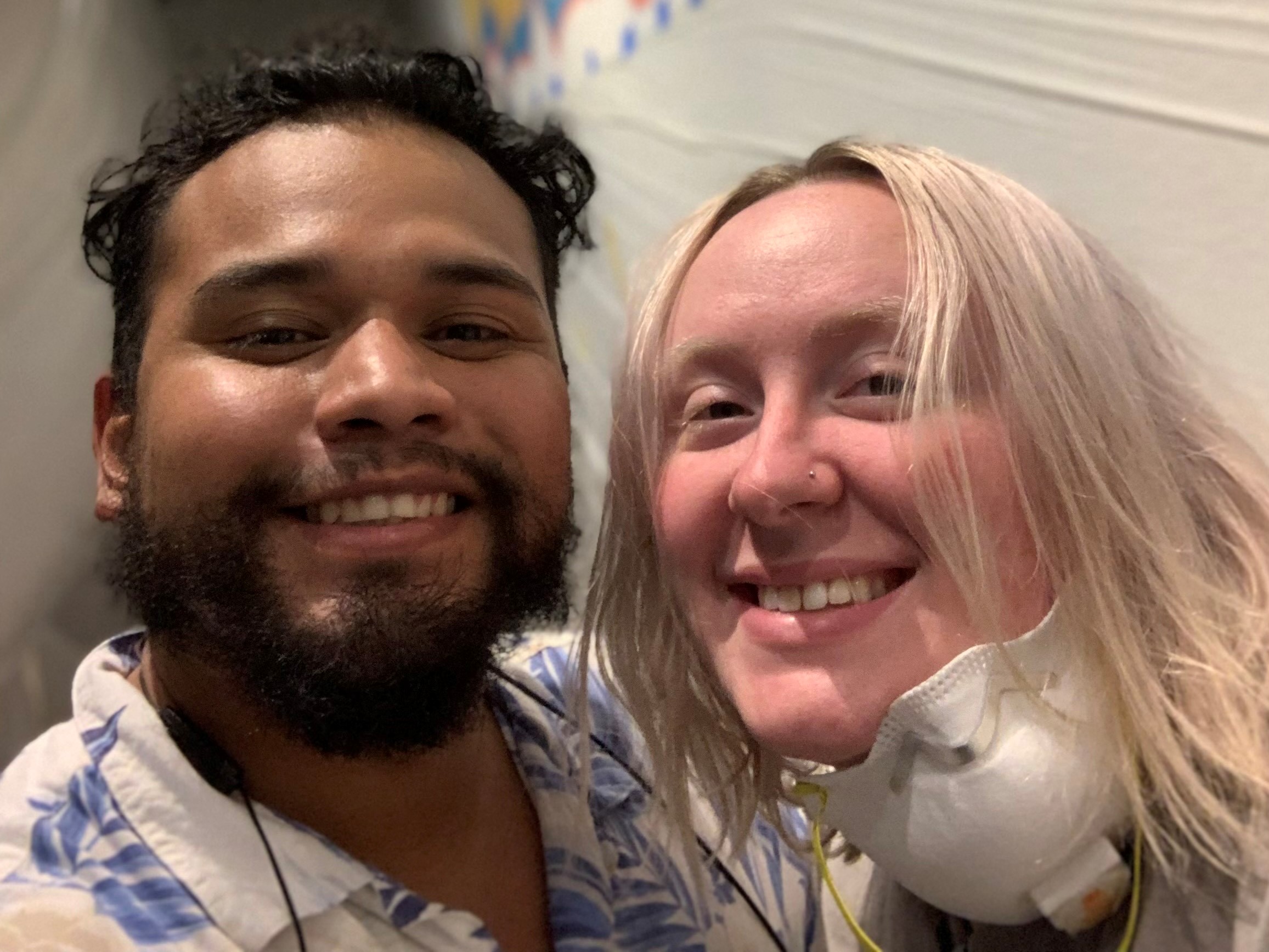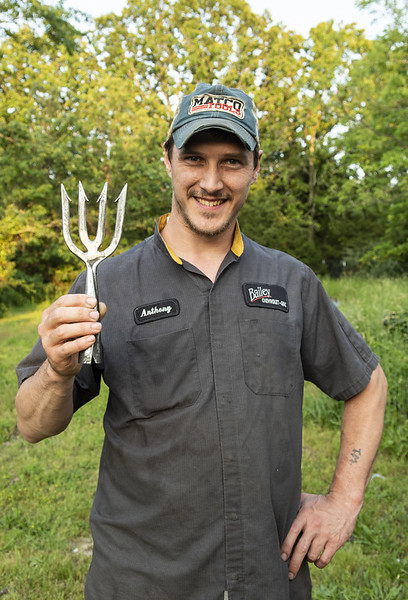The communities, traditions and cultures that make up the Ozarks are diverse — perhaps more so than some who live here even realize. And the question itself — what is the Ozarks? — means more than one thing, depending on who you ask.
And it depends on whether you are talking about the land or the culture, said historian Dr. Brooks Blevins, a Missouri State University professor and the author of a trilogy book series about the Ozarks.
The bulk of the geographic Ozarks — known for its karst and caves, springs and streams, and hills and hollers — encompasses southwest Missouri and northern Arkansas on the Springfield Plain, but it also stretches northeast beyond Jefferson City, south to roughly five miles shy of the Arkansas River, west into Oklahoma and includes small portions of Kansas and Illinois.
While there’s a significant overlap between the physical and cultural Ozarks, Blevins said, not all communities within its boundaries — for instance, the northeastern edges — consider themselves Ozarkers. And there are some communities south of the geographic Ozarks who, if asked, would say that they are.

“There are historical cultural ties that bind a group of people together,” Blevins said, “and this group has this regional cultural heritage.”
If you ask someone if they are “of the Ozarks” and they say yes, Blevins said, they are probably part of the cultural Ozarks.
“A lot of it has to do with a family connection to an upland South culture that was brought over from Appalachia and planted in the Ozarks,” he said. That includes religious elements, folk music tradition, certain foods — “all those kinds of things that connect a people. And if you think of the Ozarks as almost like an ethnic group, that’s what we’re talking about.”
If the Ozarks had been a focus of the Smithsonian Folklife Festival 30 to 40 years ago, Blevins said, there would be no question about what defines an Ozarker, because everybody associated the cultural Ozarks with what you would see at Silver Dollar City, or in Branson; the hillbilly days. It was very much the culture of the southern highlands. That’s still the dominant cultural identity of our region, even though the vast majority of people today don’t live that way, he said. Most people don’t live on farms or in rural areas.
“The majority of people in the Ozarks live in the conglomerate northwest Arkansas or in Springfield.”

While culturally we still identify the Ozarks with its history, inherited from those 19th Century settlers who primarily came from the upland south area east of the Mississippi River, it’s not the only aspect of today’s cultural Ozarks.
In the last several decades, the demographics have changed significantly with an influx of people from wide-ranging cultures, especially in far Southwestern Missouri to Northwest Arkansas. There's been a large influx of Hispanic people, many attracted by the poultry processing industry.
“And now you've got entire school districts in Northwest Arkansas that are minority white that, 30 years ago, were 95% or higher white. I think, especially for people who aren't from the Ozarks or who are from other parts of the Ozarks, that might be a big surprise to them,” Blevins said.
In addition to the Hispanic population, Northwest Arkansas has the largest population of people from the Marshall Islands outside of the Marshall Islands. Many Marshallese came for education and also to work in the poultry industry.
Blevins said it might also surprise people who only know the Ozarks through the film “Winter’s Bone” or the Netflix series “Ozark,” that although our region has pockets of significant poverty, it also has great wealth, influence and entrepreneurship — especially with Fortune 500 companies including Tyson, Walmart, Bass Pro Shops and O’Reilly Automotive.

While that aspect won’t be highlighted at the festival, another growth factor will be. The Ozarks is becoming nationally recognized for the quality of its bike trails, and in fact, the U.S. National Mountain Biking team will soon be headquartered in Bentonville. That’s reflected by one venue at the festival that will feature trail and mountain bike demonstrations.
Plus, the headquarters of Walmart in Bentonville has brought people to the Ozarks from around the world, further changing the ethnic and racial diversity in a way someone 30 years ago could not have imagined in the Ozarks, once among the whitest, most Protestant places in North America. And for decades, retirees have flocked to the area, changing some entire towns. Today, people also move to the Ozarks for its low cost of living and outdoor amenities.
“It would be pretty easy to say that the majority of people who live in the Ozarks today do not have roots in the Ozarks,” Blevins said. “They’re newcomers of one kind or another.”
Participants weigh in
We asked a few festival participants how they would describe the Ozarks and its people. Here are a few of those answers.
“(Being a hillbilly) means independence in the sense of not being beholden to popular opinions of fashion and things like that. But it also means being in touch with your local communities. And I mean, more local than just towns. Like a community of people. And it doesn't even necessarily need to be local, because the old-time (music) community — we stretch out pretty far but we're a tight community. So being in touch with communities and understanding where you came from.”
David Scrivner, fiddler

“I always say the people of the Ozarks were resourceful and resilient people. And I joke that's like a really nice way to like describe a redneck. But regardless of your immigration status, or what race you are, we’re all resourceful and resilient people. The community here, you know we had a tornado two years ago, and as soon as the sky cleared, people were out there helping their neighbors clean up. So I think that's how I would describe the Ozarks, and to me, it's the most beautiful thing, aside from the nature and the hills and everything.”
KAYleigh “ktana” Tolman, muralist

“Family is the best answer I can give you. You look anywhere in the Ozarks and the first thing you see is a family that’s thrown together a barbecue or a fish fry. My family has fish fries all the time. … The Ozarks is so family-oriented, just like all the songs you hear, you know? You come home and drink a glass of Grandma’s sweet tea and sit on the front porch — man, that is the Ozarks. Laid back, easy life. I mean, nothing’s easy anymore, but you come down to the Ozarks, you can see that things are a little slower down here.”
Anthony Martin, blacksmith gig-maker



